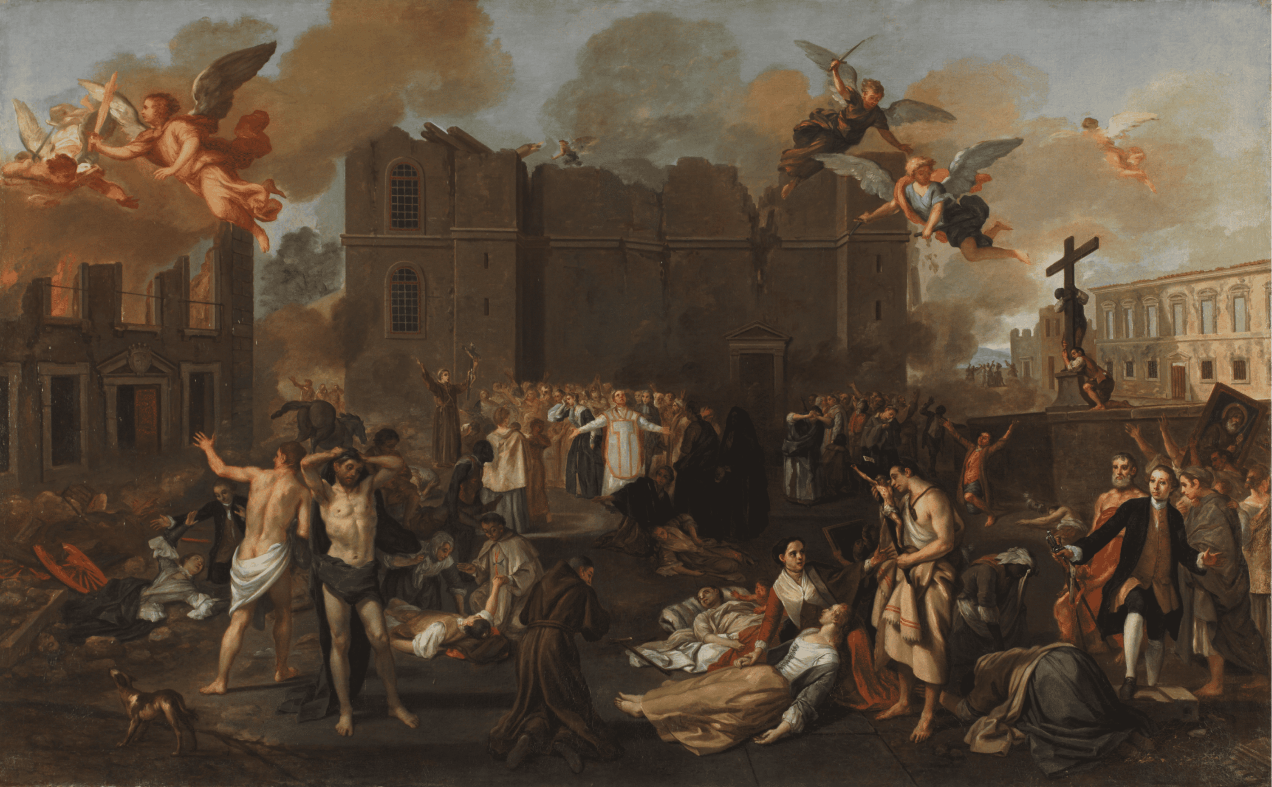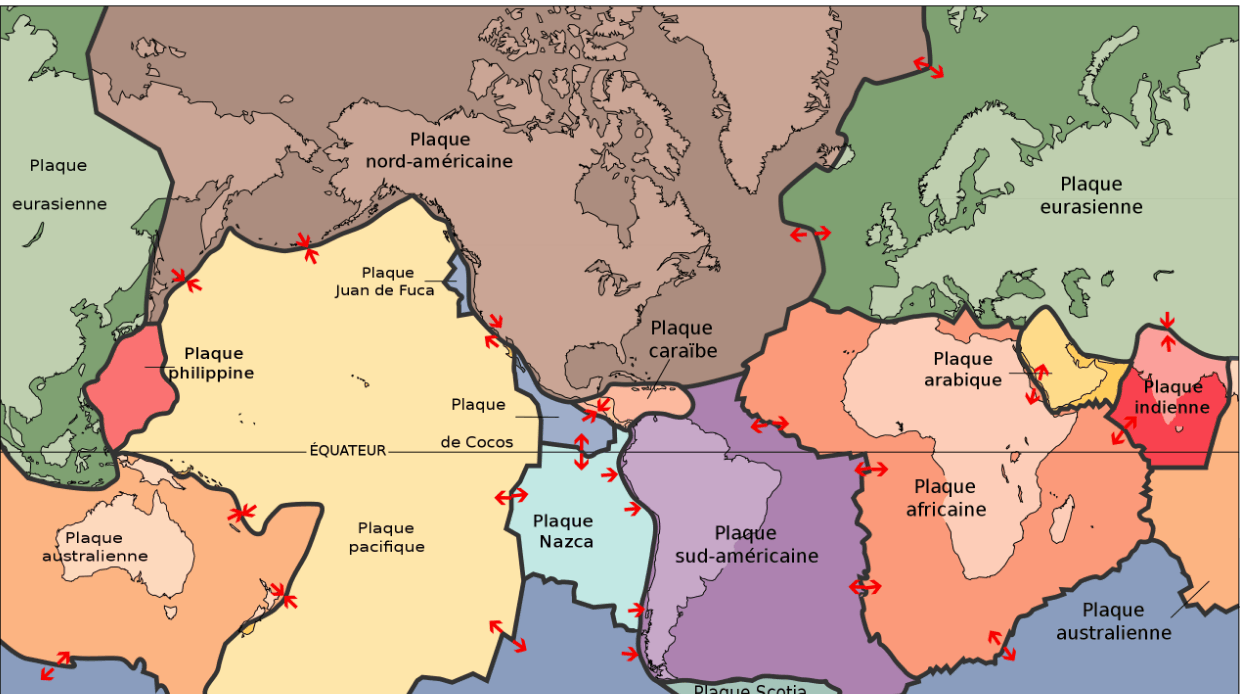One of the greatest natural disasters of modern times
On the 1st of November 1755, at around 9:40 AM, an intense earthquake hit the city, destroying most of its buildings, streets and squares. A tsunami followed the earthquake, between 60 and 90 minutes after the shakes, with waves of around 5m height coming from the Tagus river and flooding the city riverside, about to where is today Arco da Rua Augusta. Simultaneously, fires propagated, originated by the stoves in the houses and the candelabra in the churches, but also set by criminals that took the chance to plunder palaces and churches. D. José I and his family survived the earthquake due to the princesses wishing to spend the public holiday at their countryside residence, the Royal Palace of Belém. The area of Belém, considered at the time one of the outskirts of the city, was populated by only palaces and farms, therefore, the effect of the Earthquake was not as devastating as in the city.
Studied soon after its occurrence by countless figures linked to the social sciences, it was Kant who gave the discussion a more scientific approach, trying to explain the earthquake by implosions that occurred underground, that would happen especially in places near rivers or the sea, which were filled with water, as it was Lisbon. More than 265 years have passed since the fateful day and many were those who afterwards dedicated themselves to the study of the Great Lisbon Earthquake, researching to discover its most likely origin and the real impact it had in Lisbon and in the rest of world.
Since in 1755 seismometers did not yet exist, the historical records that do exist are the result of the well-known Inquérito (Inquiry) created by Marquês de Pombal, which documents what was felt and observed by the survivors. Very complete records - questioning about the direction of movements and the duration of the shakes -, which allow estimating the intensities felt and also knowing which were the most affected areas. Through these historical reports it is possible to know that the earthquake lasted around seven to nine minutes, with three waves of shakes - the second being the most violent of all - and with short intervals between them. According to these documents and thanks to a deep research in the field of seismology, made possible through the evolution of methods and recording instruments, it is possible to evaluate the 1755 Earthquake with a magnitude between 8.5 and 9.
At the time of the earthquake it was not yet known, but today it is known that the outermost layer of our planet, the lithosphere, is formed by several tectonic plates sliding over the mantle of the asthenosphere in a continuous movement. Earthquakes are sudden movements between plates as they collide, when they separate or when they move laterally in relation to each other. The distant cause of the Great Earthquake may have been the collision between the Eurasia and African plates. These plates collide south of Portugal, along a border stretching from the Azores to the Mediterranean. Off the Algarve, the plates approach each other at a slow rate, 4 to 5 mm/year, in a northwest-southeast direction. Over time, this relative movement accumulates stresses and energy in the lithosphere, which is eventually released abruptly in an earthquake, as occurred on November 1, 1755.
Exactly which fault or combination of faults generated the 1755 Earthquake remains a well-guarded secret of history, because seismometers did not yet exist at the time and the existing observations are compatible with various fault rupture scenarios. Scientists continue to actively explore the various scenarios in the hope of revealing the origin of the 1755 Earthquake. Today, what can be said with confidence is that the fault or faults that ruptured in 1755, causing the earthquake and tsunami, are located off the Algarve and are probably more than 100 km long in total.
The earthquake sowed destruction and death in Portugal, Spain and Morocco, and the effects of the vibration were observed all over Europe. However, the Lisbon of 1755, capital of a vast colonial empire that spread across the globe, was undoubtedly the main stage of this natural disaster, considered by many to be one of the greatest catastrophes of modern times.

